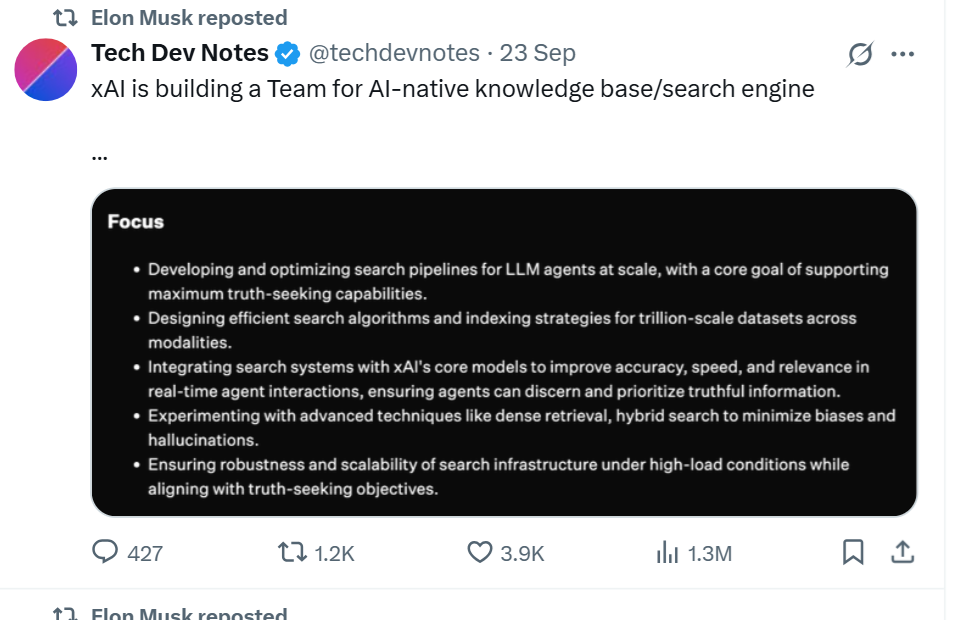Elon Musk leaves no stone unturned to surprise the world yet again. He officially started his new company, Macrohard, on August 22, 2025, and is now hiring. The name Macrohard is a dig at Microsoft. Elon first mentioned it on October 25, 2021, marking the 20th anniversary of Microsoft Windows XP, interestingly. The company is set to compete with the tech giant Microsoft. So, where does Elon’s Macrohard stand right now? Is it his new AI venture? What is he hiring for? For all that, learn more.
What is Macrohard?
- Though the name Macrohard is a playful dig at Microsoft, Elon Musk seems to be serious about this company.
- Macrohard will focus on AI software and aims to directly compete with Microsoft.
Why Musk Thinks Macrohard Can Work Differently From His Other Companies?
The bigger picture of Macrohard is to focus on AI software development because:
- After succeeding in the cars and space industry, Elon wants to excel in the software industry as well.
- Elon’s Tesla (cars) and SpaceX (rockets) operate with physical products, requiring large factory setups to manufacture them.
- On the other hand, a software company doesn’t need massive factory setups, studios, or physical products to produce.

What the Team Is Working On?
- Yuhuai Wu, cofounder of Musk’s xAI, stated that they are making a new team altogether to work on “computer control agents.”
- He said that these agents will then focus on projects like Macrohard and Grok 5 (it’s Elon Musk’s next chatbot. Reports suggest it will be live by the end of 2025).
Why Competing With Microsoft Is Tough?
- It is evident that Microsoft is tough to compete with. The company generates billions from its major products, including Windows and Office, among others.
- Microsoft is a major investor in AI (like its own Microsoft Copilot and $14 billion in OpenAI).

Hiring
- It doesn’t happen often, but Elon shared the job post himself, writing, “Help build Macrohard, the AI software company!”
- This means that Elon and his team are actively looking for people to join Macrohard.
Why People Are Watching Musk’s Macrohard?
Musk’s style of surprising the world continues because:
- Tesla changed the car industry.
- SpaceX changed rockets and the space travel industry.
- Now he eyes the AI software. If the project succeeds, it is believed to change the future of how AI is built and run.



